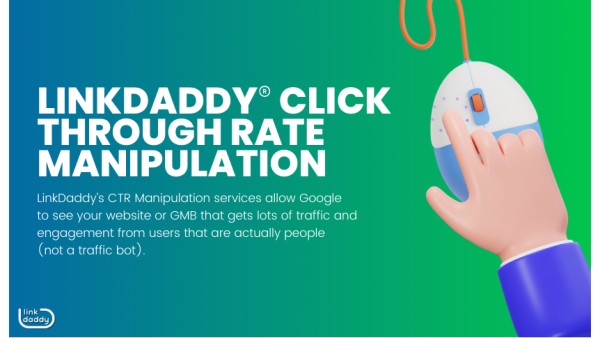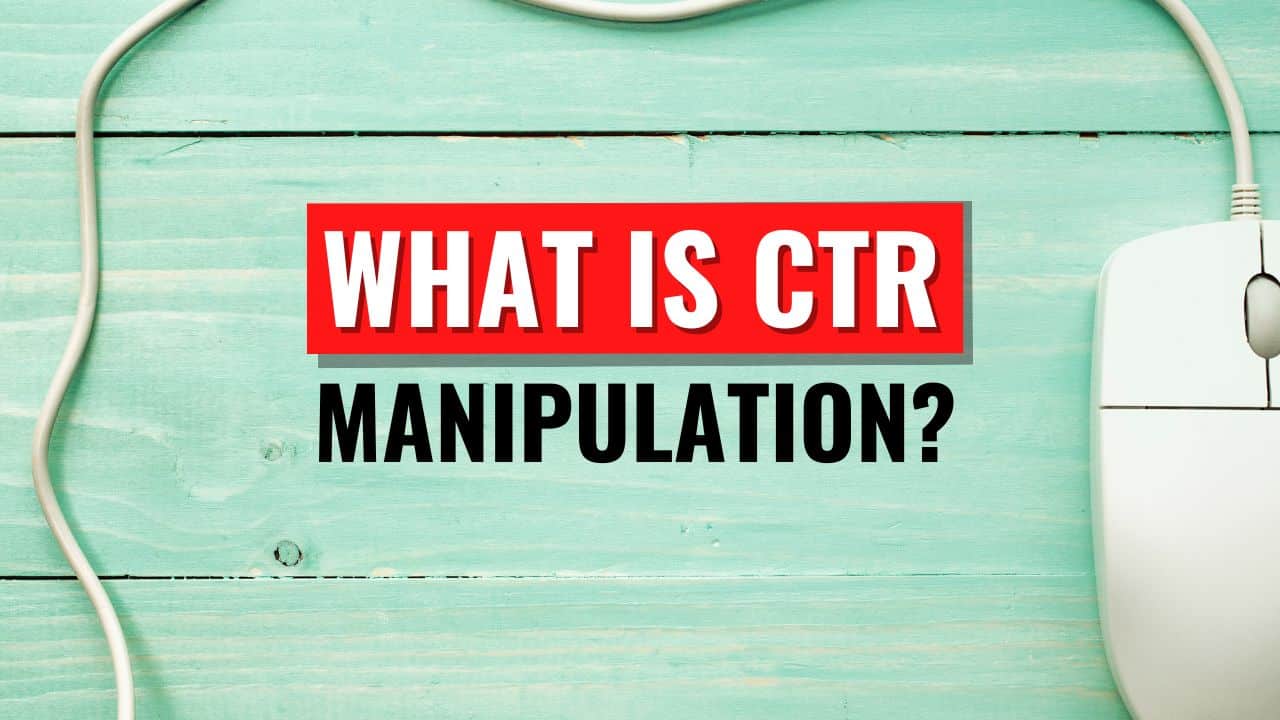Effective Approaches for Carrying Out GMB CTR Manipulation Successfully
Effective Approaches for Carrying Out GMB CTR Manipulation Successfully
Blog Article
Transform Your Ad Campaigns With Targeted CTR Adjustment
Effective ad projects pivot on the ins and outs of click-through rate (CTR), a crucial metric that reflects audience involvement. Targeted CTR manipulation, notified by information analytics, uses an opportunity to fine-tune just how promotions link with possible customers.
Understanding Click-Through Price
What makes a click-through rate (CTR) a crucial metric in digital marketing? CTR is the portion of customers who click on a specific link out of the complete variety of customers that see an ad or a page. It works as a vital sign of the performance of internet marketing campaigns, showing just how well the content reverberates with the target audience. A high CTR suggests that the ad is appealing and relevant, while a low CTR suggests a requirement for optimization.
Recognizing CTR allows marketing experts to assess the performance of various projects, ad formats, and targeting techniques. It permits benchmarking versus industry standards, offering insights right into locations that might call for improvement. Additionally, CTR plays a critical duty in search engine optimization (SEO) and pay-per-click (PAY PER CLICK) advertising and marketing, affecting quality scores and overall presence in search engine result.
Relevance of Targeted CTR

In addition, targeted CTR adjustment allows marketers to fine-tune their strategies based on target market actions and choices. By evaluating information, companies can identify which sections react favorably to specific content kinds and readjust their campaigns as necessary. This precision results in much more impactful messaging and greater conversion rates.
Additionally, targeted CTR promotes brand loyalty. When consumers receive enticing and appropriate web content, they are more probable to involve with the brand name, constructing depend on and encouraging repeat interactions. Consequently, businesses can grow long-term partnerships with consumers while boosting their general market presence. In summary, the importance of targeted CTR exists in its capability to not only enhance project effectiveness yet additionally to produce significant connections with audiences, leading the way for continual growth and success.
Strategies for CTR Adjustment
Exactly how can marketing professionals properly adjust click-through prices (CTR) to attain desired results? A number of methods can be used to boost CTR, thus making best use of the efficiency of ad campaign.

Second, making use of attractive visuals can considerably impact CTR. High-grade photos or video clips that align with the advertisement's message can draw focus and timely customers to click. Leveraging advertisement placement purposefully on platforms where the target audience is most active can enhance presence and interaction prices.
Third, personalizing ads based upon customer actions and choices can produce much better results. Making use of retargeting approaches, marketers can advise potential clients of service or products they formerly checked out, hence boosting the likelihood of clicks.
Last but not least, optimizing for mobile is critical, as a considerable part of internet website traffic originates from mobile tools. Guaranteeing ads are mobile-friendly can lead to improved CTR and overall project efficiency.
Analyzing Audience Habits
Recognizing target market behavior is crucial for marketing professionals intending to improve click-through rates (CTR) and general project performance. By delving into the motivations, preferences, and on the internet behaviors of click here to find out more target audiences, marketing professionals can tailor their projects to resonate more deeply with prospective clients.
Evaluating audience behavior involves several essential elements, including demographic analysis, psychographic profiling, and individual journey mapping. Demographic analysis provides understandings right into age, gender, income, and location, which can notify the design and messaging of promotions. Psychographic profiling, on the various other hand, uncovers interests, lifestyles, and values, making it possible for marketing experts to develop content that straightens with target market ambitions.
User trip mapping is necessary for understanding just how prospective customers connect with different touchpoints, from initial recognition to final conversion. By recognizing the stages where target markets involve or disengage, marketers can enhance their strategies to enhance CTR.

Measuring Campaign Success
Determining campaign success is an important element of any advertising and marketing method, as it supplies the required insights to evaluate performance and drive future choices. To properly assess success, marketing professionals must develop clear, measurable objectives aligned a knockout post with overarching company goals. Key performance signs (KPIs), such as click-through prices (CTR), conversion prices, and roi (ROI), act as crucial metrics in this procedure.
Tracking CTR especially enables marketing professionals to examine the performance of targeted marketing campaign. A high CTR suggests that the ad reverberates with the audience, while a reduced CTR may demand a reevaluation of targeting specifications, imaginative aspects, or messaging strategies. Furthermore, analyzing conversion prices uses deeper understandings right into exactly how well a campaign drives wanted actions, such as purchases or sign-ups.
Leveraging analytics devices can even more boost measurement initiatives, allowing real-time information surveillance and adjustments. Consistently reviewing campaign efficiency versus developed standards guarantees continual enhancement and optimization. Ultimately, a robust measurement approach not just highlights successes but also reveals areas for enhancement, paving the method for much more impactful and effective marketing efforts in the future.
Verdict
Finally, changing marketing campaign with targeted click-through rate (CTR) control requires a comprehensive understanding of audience habits and efficient messaging methods. By utilizing data-driven strategies, consisting of A/B screening and customized visuals, projects can accomplish greater interaction and conversion prices. Assessing psychographic and group understandings further improves the capacity to attach with the target market. Eventually, these techniques add to raised brand name commitment and maximized return on investment, underscoring the significance of targeted CTR adjustment in electronic advertising and marketing.
Reliable ad campaigns pivot on the ins and outs of click-through rate (CTR), a crucial metric that mirrors audience engagement. A high CTR recommends that the ad is appealing and pertinent, while a low CTR shows a demand for optimization.
In summary, the relevance of targeted CTR exists in its capability to not only enhance campaign efficiency but also to produce meaningful links with audiences, paving the method for sustained growth and success.
A high CTR shows that the ad resonates with the target informative post market, while a low CTR might necessitate a reevaluation of targeting criteria, creative elements, or messaging methods.In conclusion, changing advertisement campaigns through targeted click-through price (CTR) manipulation requires a comprehensive understanding of audience actions and efficient messaging techniques.
Report this page